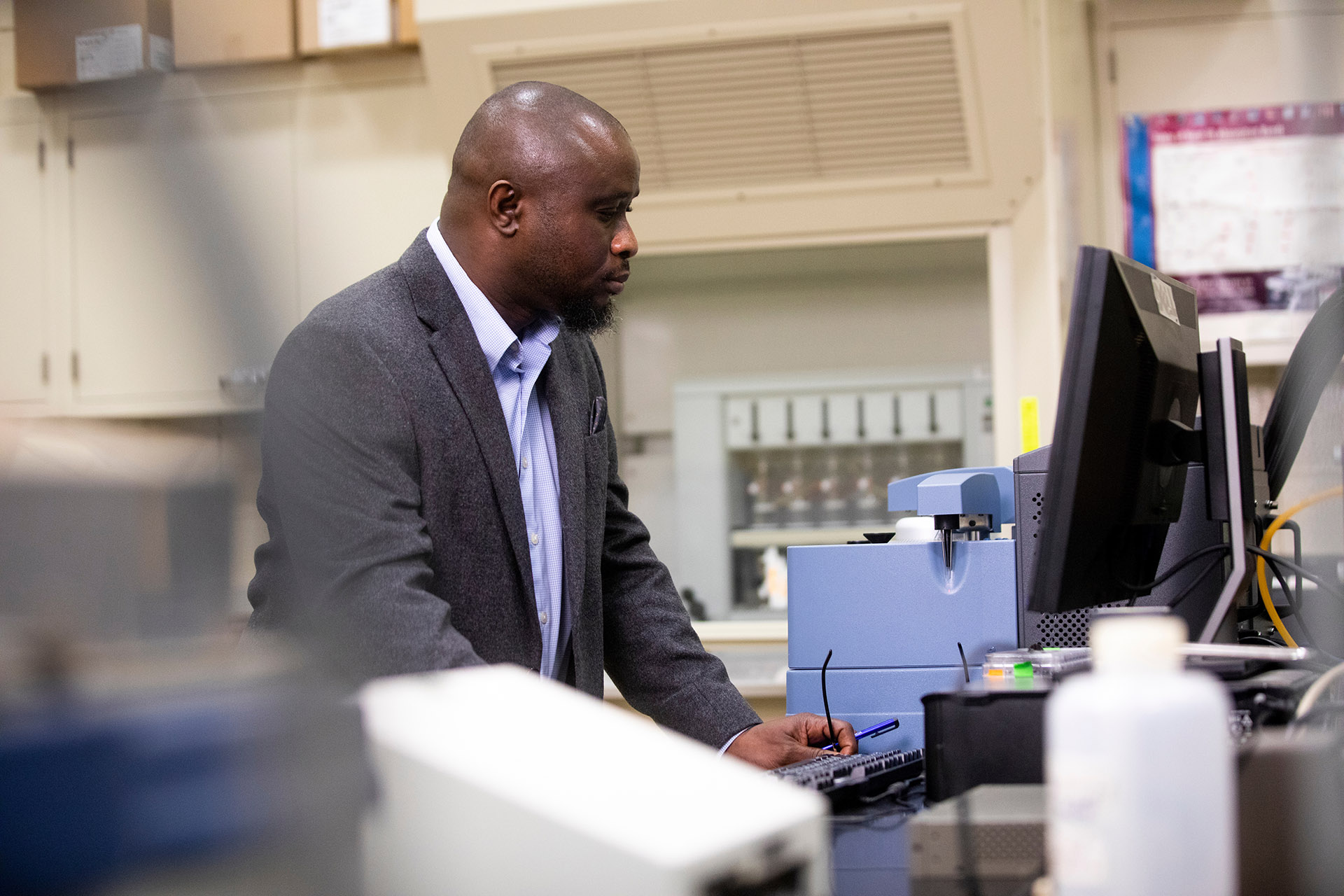UK research reveals breakthrough in gluten-free food safety
UK research reveals breakthrough in gluten-free food safety


More and more people are experiencing gluten intolerance and celiac disease, which has led to a higher demand for gluten-free products in the market. However, ensuring these products are truly gluten-free can be challenging, especially when cross-contamination occurs during harvesting, manufacturing or packaging. Even tiny traces of gluten in gluten-free products can have serious health consequences for those with gluten intolerance or celiac disease.
To tackle this issue, researchers at the University of Kentucky Martin-Gatton College of Agriculture, Food and Environment conducted a study, published in MDPI's journal Sustainability, to find a solution.
The study focused on rapidly detecting and measuring wheat (gluten) flour contamination in gluten-free cornbread using Fourier-transform infrared (FTIR) spectroscopy. This technique uses infrared light absorption at different wavelengths to identify a sample's organic and inorganic compounds. Additionally, the researchers incorporated machine learning techniques to assist in identifying and quantifying the wheat flour contamination in cornbread.
“Allergen contamination is a very common occurrence in the food industry,” said Akinbode Adedeji, Biosystems and Agricultural Engineering associate professor and principal investigator. “The threshold is very slim for those with gluten intolerance. We wanted to find a rapid method to quickly determine if gluten contamination exists.”
Using corn flour and wheat flour, Adedeji and Biosystems and Agricultural Engineering masters student, Abuchi Okeke, prepared 13 different cornbread samples, each with varying levels of wheat flour contamination. They then used an FTIR spectrometer with a special diamond accessory to analyze these samples. Before conducting the machine learning analysis, they preprocessed the collected spectra using the Savitzky-Golay smoothing algorithm, a digital signal processing technique used for data noise reduction, and the first derivative transformation. Derivative transformation helps distinguish between the spectra of different samples, so clustering them can be easier with the machine learning model.
“The combination of FTIR spectroscopy and machine learning algorithms proved to be highly effective in detecting and measuring wheat flour contamination in gluten-free cornbread with impressive accuracy,” Adedeji said. “Even at very low contamination levels, as little as 0.5%, the model could precisely identify the presence of wheat flour in raw and baked cornmeal. The accuracy improved as the level of contamination increased.”
The study also found that ensemble learning algorithms, a technique combining multiple machine learning models, further enhanced accuracy, outperforming individual machine learning methods.
A significant discovery from the research was identifying the K-nearest neighbor (kNN) algorithm as the most promising approach to quantify the amount of wheat flour contamination in gluten-free cornbread. The kNN algorithm predicts the contamination level of an unknown sample by comparing it to the closest examples in the dataset. Another study milestone contribution was the development of an open-source UK app called “Glutini” that can analyze FTIR data collected from contaminated products to detect and quantify gluten in real-time.
Adedije said the implications of this study are far-reaching, particularly for the food industry and manufacturers of gluten-free products. The combination of FTIR spectroscopy and machine learning algorithms provides a reliable and efficient way to ensure the safety and quality of gluten-free products, thereby protecting individuals with gluten intolerance or celiac disease from potential health risks.
“By utilizing machine learning algorithms to analyze large datasets and identify hidden patterns, food safety inspections and quality assessments can be significantly improved in accuracy and efficiency,” he said. “This research is a significant step forward in providing consumers safer and higher-quality gluten-free options.”
This material is based upon work that is supported by the National Institute of Food and Agriculture, U.S. Department of Agriculture, under award number 1024529. Any opinions, findings, conclusions or recommendations expressed in this publication are those of the author(s) and do not necessarily reflect the view of the Department of Agriculture.
Research

